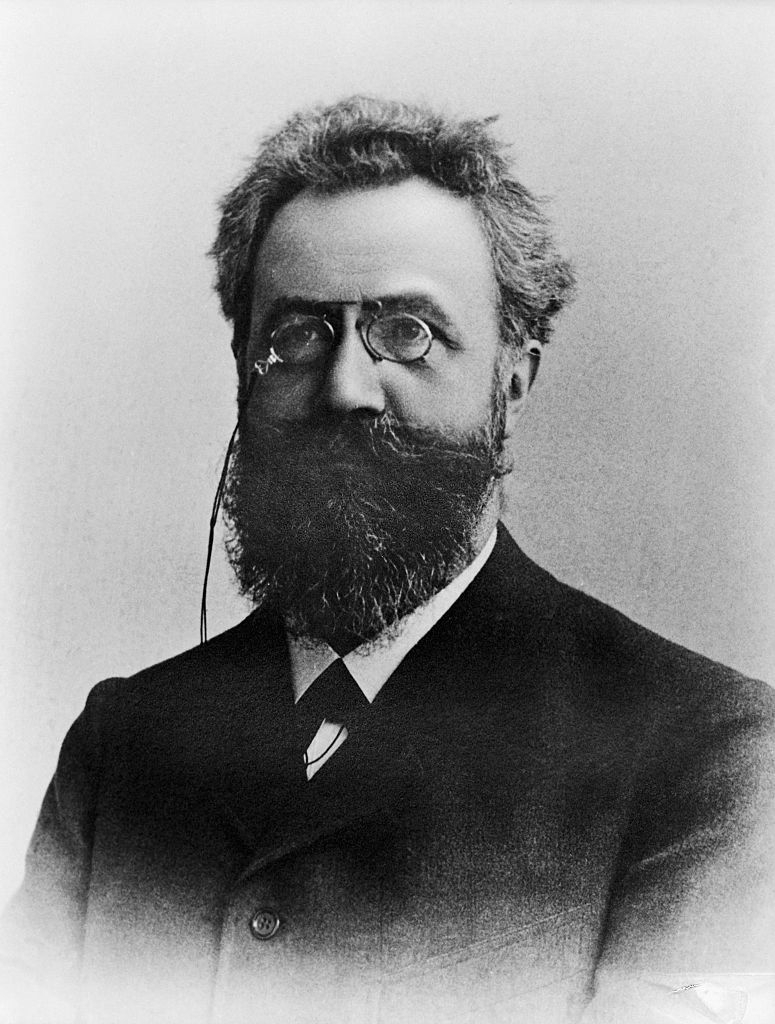
Encoding (memory)
Memory has the ability to encode, store and recall information. Memories give an organism the capability to learn and adapt from previous experiences as well as build relationships. Encoding allows a perceived item of use or interest to be converted into a construct that can be stored within the brain and recalled later from long-term memory.[1] Working memory stores information for immediate use or manipulation, which is aided through hooking onto previously archived items already present in the long-term memory of an individual.[1]
Complementary Processes[edit]
The idea that the brain is separated into two complementary processing networks (task positive and task negative) has recently become an area of increasing interest. The task positive network deals with externally oriented processing whereas the task negative network deals with internally oriented processing. Research indicates that these networks are not exclusive and some tasks overlap in their activation. A study done in 2009 shows encoding success and novelty detection activity within the task-positive network have significant overlap and have thus been concluded to reflect common association of externally oriented processing.[27] It also demonstrates how encoding failure and retrieval success share significant overlap within the task negative network indicating common association of internally oriented processing.[27] Finally, a low level of overlap between encoding success and retrieval success activity and between encoding failure and novelty detection activity respectively indicate opposing modes or processing.[27] In sum task positive and task negative networks can have common associations during the performance of different tasks.
Optimal Encoding[edit]
Organization[edit]
Organization is key to memory encoding. Researchers have discovered that our minds naturally organize information if the information received is not organized.[36] One natural way information can be organized is through hierarchies.[36] For example, the grouping mammals, reptiles, and amphibians is a hierarchy of the animal kingdom.[36]
Depth of processing is also related to the organization of information. For example, the connections that are made between the to-be-remembered item, other to-be-remembered items, previous experiences, and context generate retrieval paths for the to-be-remembered item and can act as retrieval cues. These connections create organization on the to-be-remembered item, making it more memorable.[37]
Visual Images[edit]
Another method used to enhance encoding is to associate images with words. Gordon Bower and David Winzenz (1970) demonstrated the use of imagery and encoding in their research while using paired-associate learning. Researchers gave participants a list of 15-word-pairs, showing each participant the word pair for 5 seconds for each pair. One group was told to create a mental image of the two words in each pair in which the two items were interacting. The other group was told to use maintenance rehearsal to remember the information. When participants were later tested and asked to recall the second word in each word pairing, researchers found that those who had created visual images of the items interacting remembered over twice as many of the word pairings than those who used maintenance rehearsal.[38]